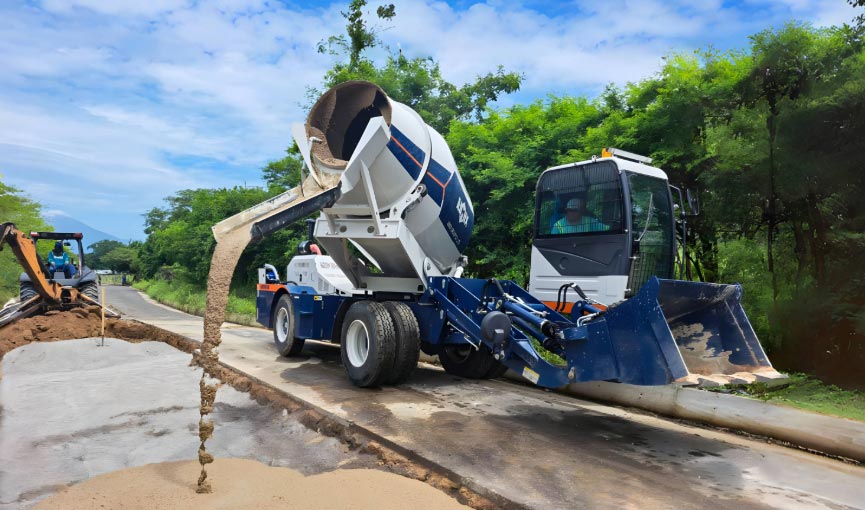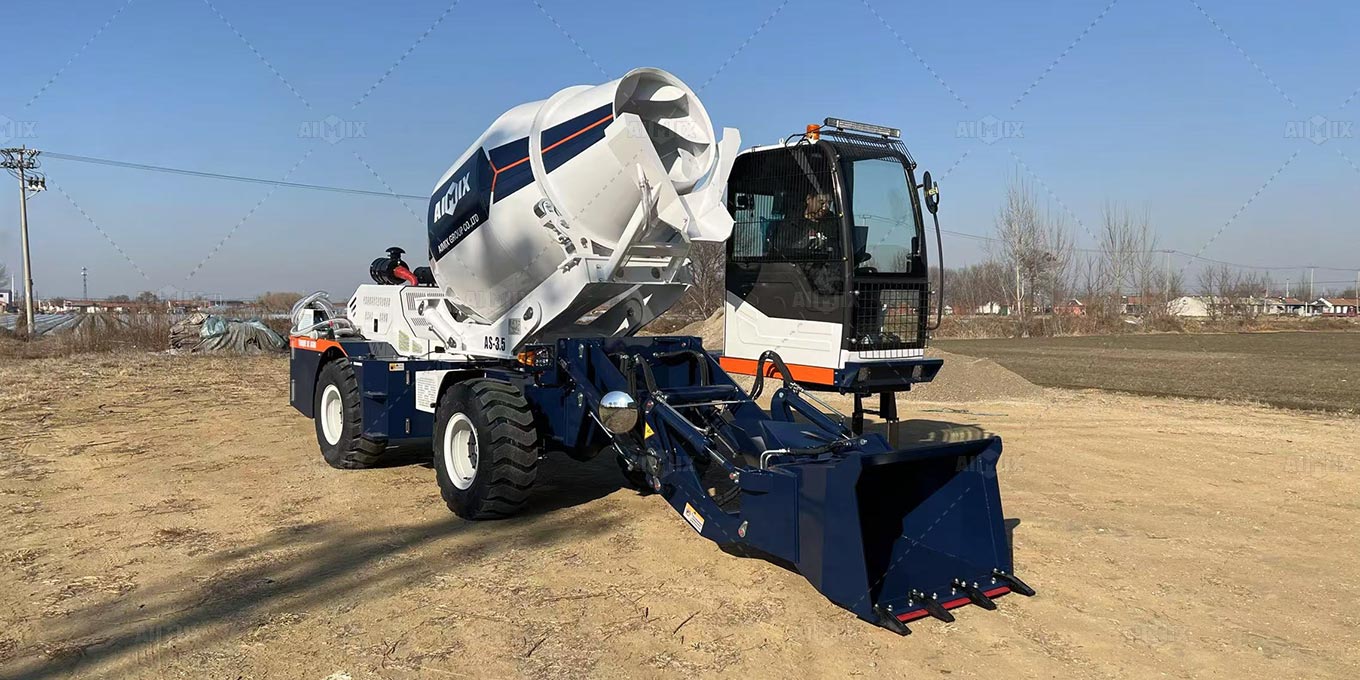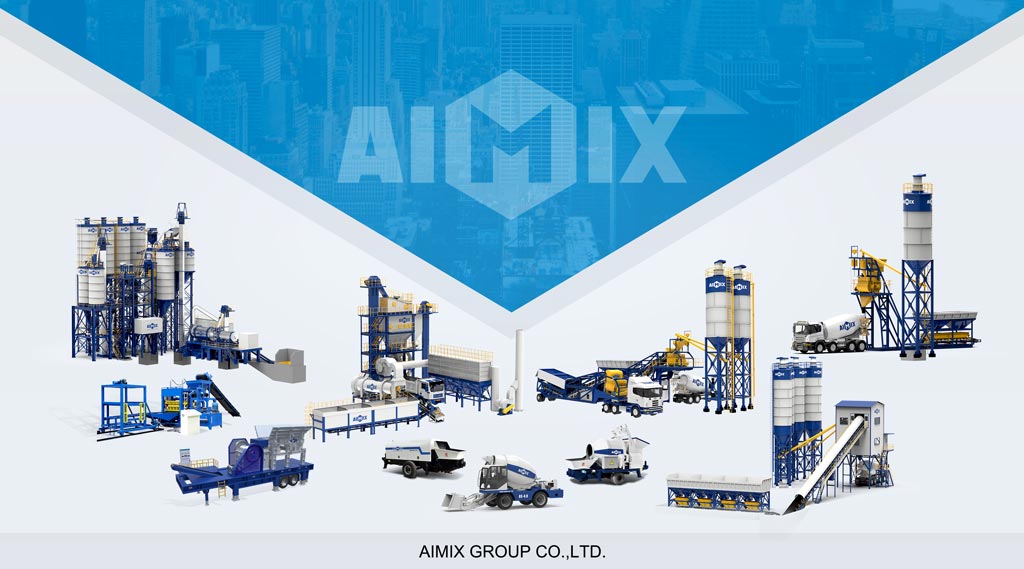Investing in heavy machinery demands caution, particularly in a construction economy where margins are tightening and inflation remains persistent. A self loading cement mixer presents itself as a modern-day fix to the industry’s productivity woes—but only rigorous financial examination can reveal whether it’s a prudent move. On paper, AIMIX machines seem promising. They integrate batching, mixing, and transport into one platform, reducing reliance on third-party suppliers. But the question remains: does this technology actually earn its keep in real-world conditions?
The Financial Commitment Behind a Self-Loading Mixer
Initial purchase cost and supporting infrastructure
A self-loading mixer is not an incidental purchase. Even the lower-capacity AIMIX models, such as the AS-1.8, require a capital outlay of approximately $15,000 to $25,000 USD. Larger models, like the AS-4.0 or AS-5.5, push that figure well beyond $40,000. This is before factoring in auxiliary costs—fuel, spare parts, operator training, and site compatibility upgrades. Transport fees to remote job sites can further escalate initial expenditure.

These financial commitments are not abstract—they affect cash flow, delay liquidity, and, if poorly planned, can become sunk costs. Some contractors attempt to cut corners by acquiring second-hand units, only to discover maintenance costs that eat away at margins. When committing to new equipment, buyers must factor in not just the purchase price, but the entire cost of ownership lifecycle.
Cost variances by model and regional availability
Geographic variance in pricing is another complicating factor. Shipping charges, import duties, and local taxation can push the landed cost of the same model up by 20–30% depending on the country. In Southeast Asia, for example, the popularity of AIMIX models like the AS-3.5 has driven prices up compared to markets in Latin America or Africa, where supply chains remain more fragmented.
Savvy contractors understand the difference between capital cost and opportunity cost. A cheaper machine that arrives six weeks late, or lacks localized after-sales support, can quickly devolve into an operational liability. Therefore, purchasing decisions should be made based on total cost structure, not sticker prices alone.
Evaluating ROI Through Operational Efficiency
Productivity per shift versus conventional setups
Conventional concrete production relies on three distinct units: a loader, a transit mixer, and a batching plant. Each one adds coordination complexity and exposes the project to potential delays. A self loading concrete mixer for sale in jamaica collapses all of these into a single machine operated by one person. Per shift, this can result in 4–6 cubic meters of concrete being produced and poured without additional hands or movement of equipment.
Such consolidation translates directly into faster job cycles. For example, pouring house slabs, roadside curbs, or rural pavements becomes less labor-intensive and more time-predictable. Time saved is money retained—especially when working under fixed-cost or penalty-driven contracts.

Real savings on labor, material, and logistics
Labor savings are not marginal—they are structural. One operator, one machine, one job site. There is no need for a team of drivers, plant operators, or logistics coordinators. Contractors often report labor cost reductions of 35%–50% post-integration of AIMIX self-loaders.
Material usage is another line item where savings emerge. With on-site control over batching and mix ratios, the waste is minimal. Over-ordering and rejected loads—a common curse of RMC supply chains—virtually disappear. Logistic costs related to third-party mixers and long delivery hauls are also eliminated, especially in remote geographies where supplier networks are thin.
AIMIX Profit Projection: Numbers That Justify the Spend
ROI timeline using a conservative estimate
Using conservative metrics, a mid-sized self-loading mixer from AIMIX Group recoups its cost in 7–9 months on active sites. Consider a site completing 20 cubic meters per day, 22 working days per month. At a conservative profit margin of $15 per cubic meter (net of materials), the machine can generate over $6,000 monthly in profit.
Factor in the elimination of mixer rental (averaging $2,000/month), fuel consolidation, and fewer breakdowns due to integrated functionality, and the ROI timeline accelerates. In lean markets or seasonal projects, breakeven may stretch slightly—but rarely beyond 12 months.
Key profit thresholds tracked by AIMIX customers
AIMIX has compiled data from customers across Asia, Africa, and South America. A recurring pattern emerges: once the breakeven threshold is crossed, the machines become profit centers, contributing over 65% margin on recurring small and mid-sized contracts. Some clients, particularly those in the rental space, even deploy their mixers on third-party jobs, generating passive returns through leasing arrangements.
In strategic terms, the machine pays for itself—and then pays forward. For contractors thinking in 3–5 year cycles, this equipment does not just close short-term productivity gaps. It becomes a long-term revenue generator, bolstering operational independence and contract competitiveness.

Comments
No comments yet. Be the first to react!